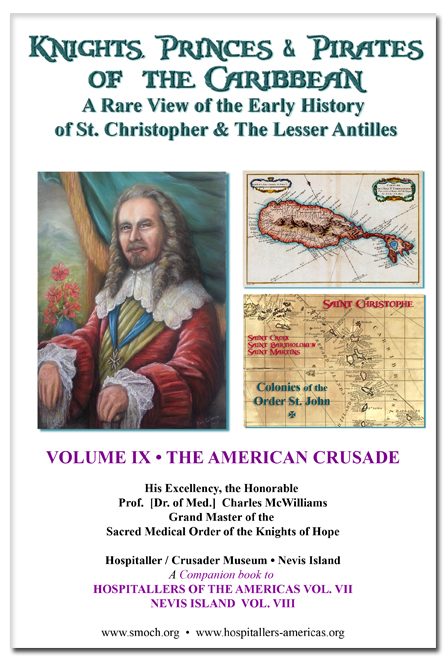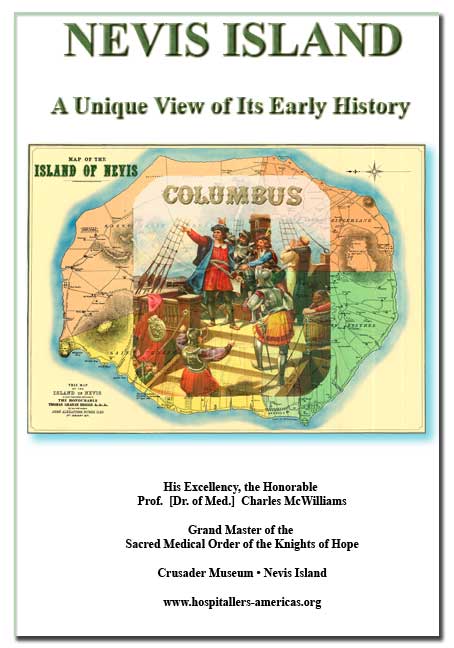THE CARIBBEAN PEOPLE TODAY
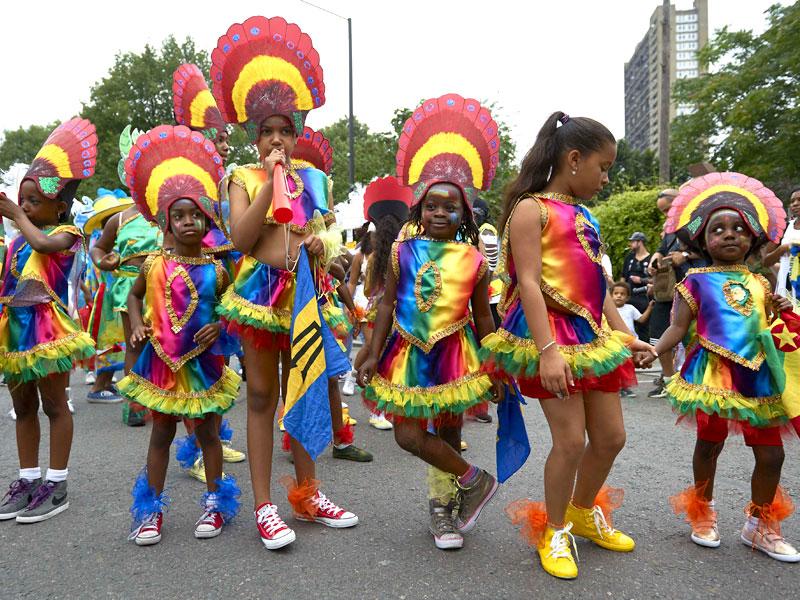 |
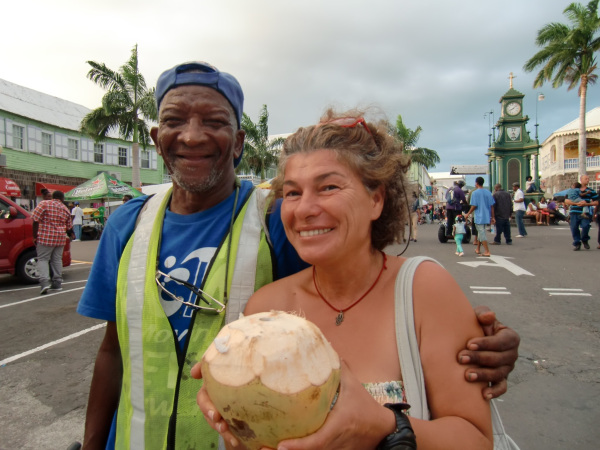 |
 |
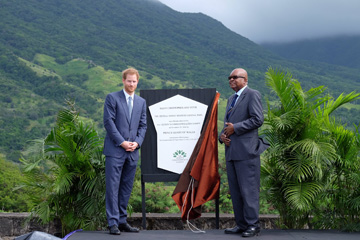 |
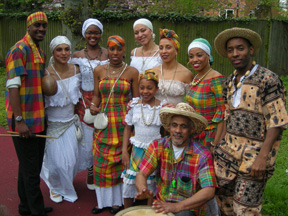 |
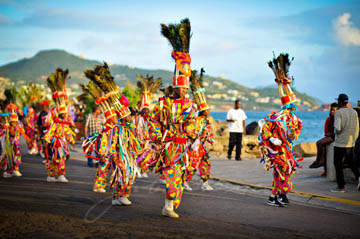 |
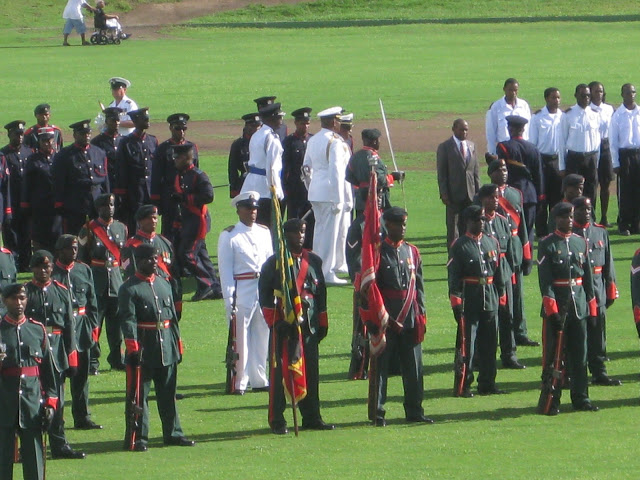 |
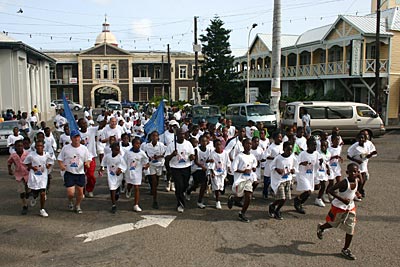 |
Would you ever be able to guess why indigenous Caribbean people are so friendly, with least attitudes, so ‘laid back,’ able to readily ‘live off the land’ so to speak, yet can endure frequent power outages, watch store items that come and go, can make do without, as well as struggle through devastating hurricanes as if it were just a long traffic jam. I dare say most visitors do not have a clue what makes a Caribbean Man or Woman so resilient and salted?
Ans. It is because of our history.
What started as native islanders (on some but not all islands), then explorers (knights and conquistadors), to be followed by those seeking religious freedom (the original colonists), followed by the plantation owners (princes, earls, dukes, and barons); then slaves, sugar, rum, buccaneers, privateers, and pirates; we could say the emancipation of Haiti and the abolition of slavery started to set the pace earliest, and led today to the most peaceful region on planet earth. The Caribbean is an area populated by a diverse polyglot of peoples in every combination of race, religion, language, and culture - coexisting peacefully, dwelling on islands large and small, some poorly endowed with natural resources, others abundantly. Yet, no other region of the world is so richly varied, peaceful, and non-racial.
Traditionally, the Caribbean has been considered the island countries within the Caribbean sea, with Cuba to the north and Trinidad and Tobago to the south. That includes the Bahamas, Columbus' original landing spot and Ponce de Leon's sought after 'fountain of youth,' along with Belize, Suriname and Guyana, which are part of the CARICOM economic and political bloc. This also tends to include French Guyana, a department of France on the northern coast of South America. The population of this entire area is around 44 million people.
There are at least 28 island nations and more than 7,000 individual islands in the Caribbean, which includes islands off the coasts of South and Central America as well as those in the Leeward and Windward Islands and the major islands of Cuba, Jamaica, Hispaniola (home to Haiti and the Dominican Republic), the Bahamas, and Puerto Rico. Only about only 2% of these islands are fully inhabited!
The Caribbean islands are remarkable not only for the diversity of their people and its unique history, but also animals, fungi and plants, and have been classified as one of Conservation International's biodiversity hotspots because of their exceptionally diverse terrestrial and marine ecosystems, ranging from montane cloud forests to cactus scrublands. The region also contains about 8% (by surface area) of the world's coral reefs along with extensive seagrass meadows, both of which are frequently found in the shallow marine waters bordering the island and continental coasts of the region.
It is said there are two places on Earth where one finds their self and peace - islands or mountains. We as native islanders, either as a place in which one was born; or one who came into being, whether as an explorer, seeker of freedom, plantation owner, modern buccaneer or privateer; those who stay the course know in their hearts to have found the most peaceful region on planet earth.
Keeping History Sacred
Antillean (Hospitaller) Order of St. John of St. Christopher & Nevis
|
You can read all about this fascinating history in the author's books: KNIGHTS, PRINCES & PIRATES OF THE CARIBBEAN
|
Copyright 2017. The Sacred Medical Order - Knights of HOPE (SMOKH since 2006) • Worldwide
Privacy Policy | Terms of Use | Updated on Nov. 21, 2017
